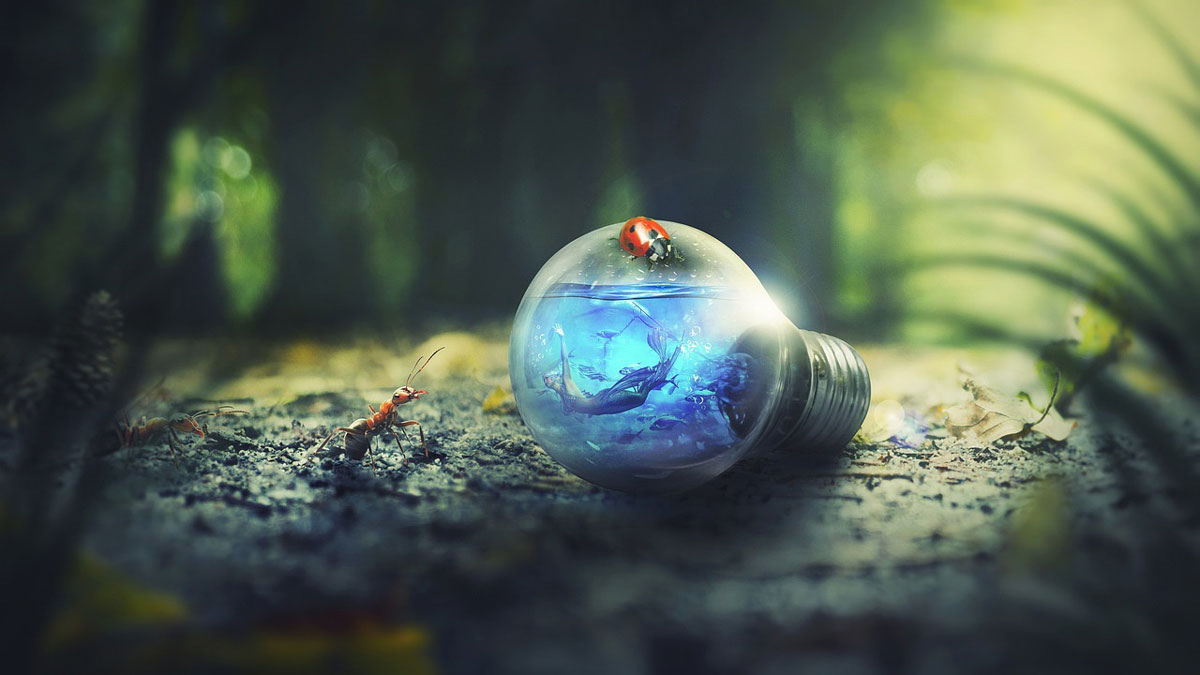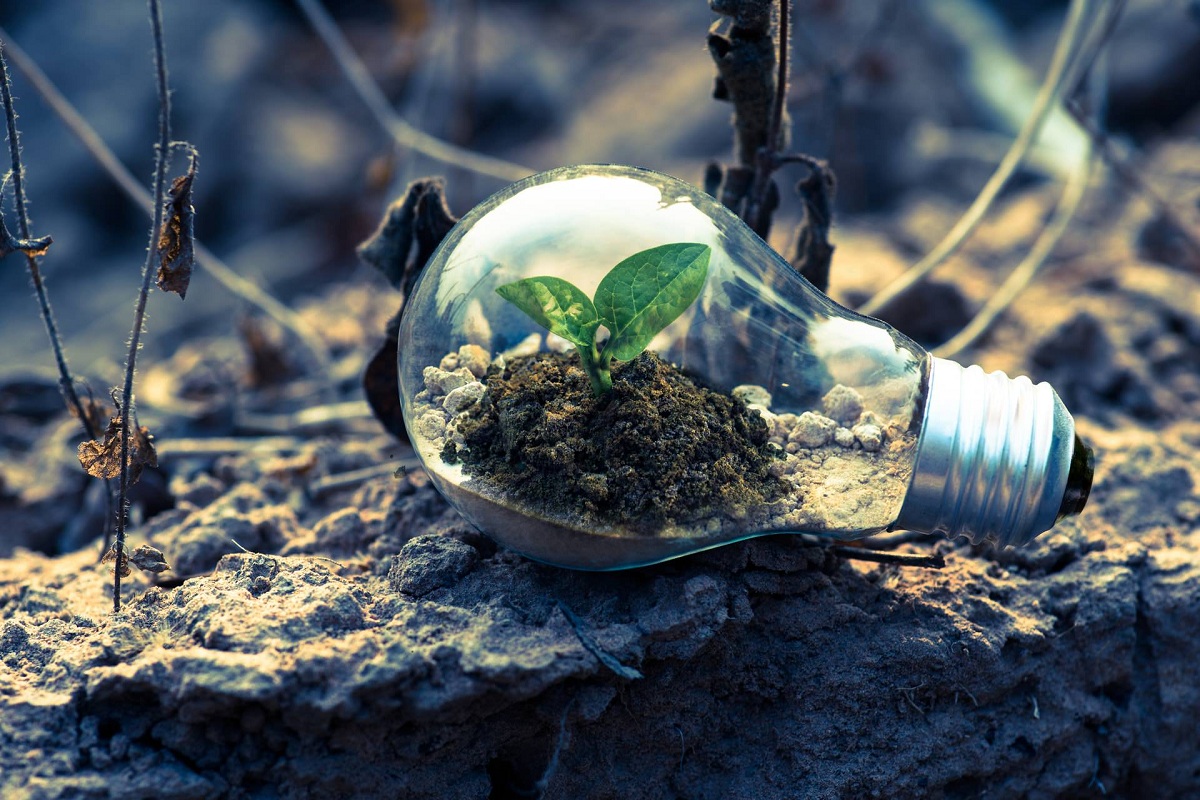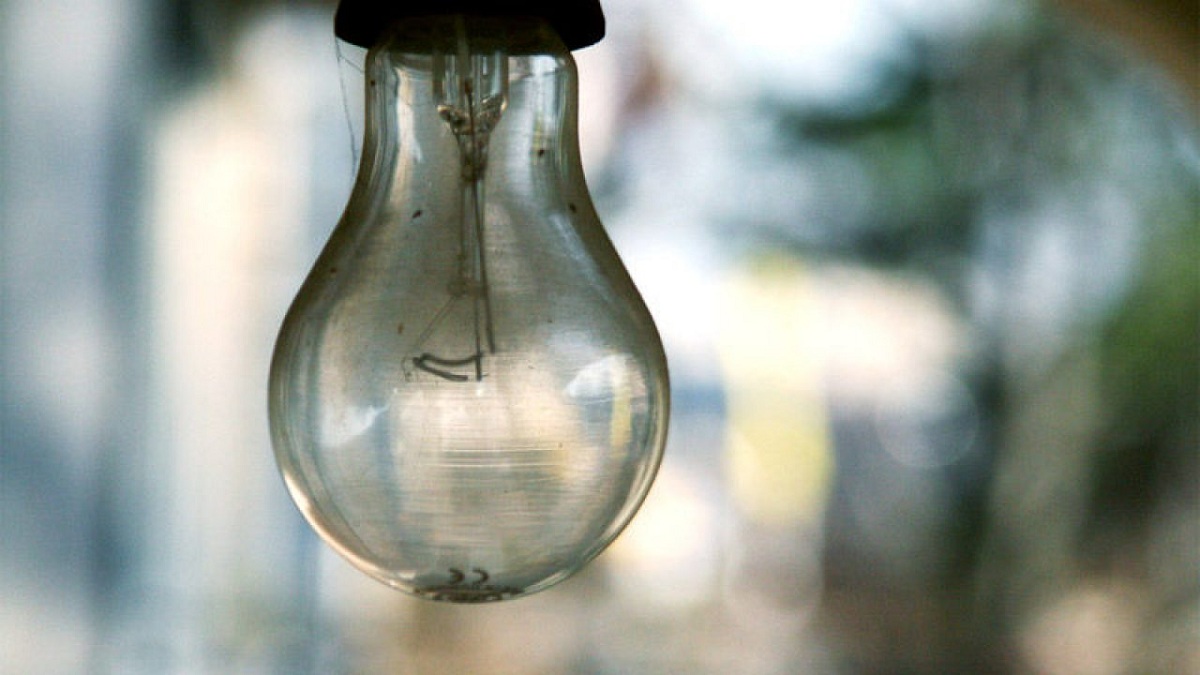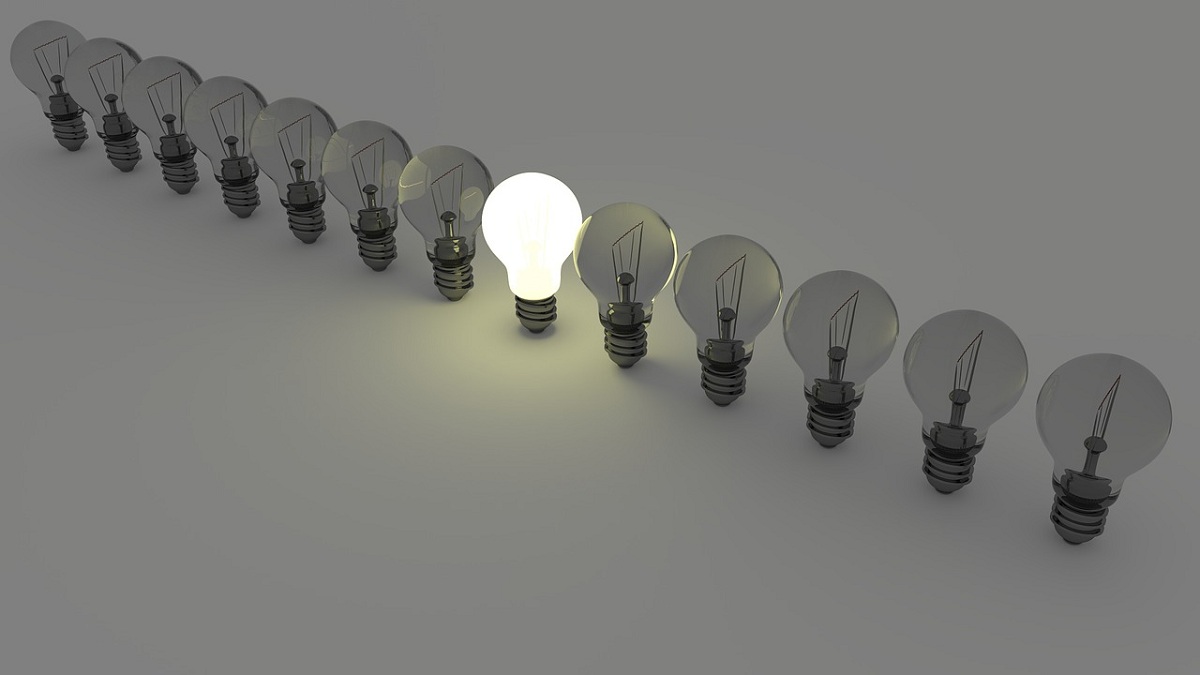
Light bulbs are a common household waste in every home. Bulb recycling is not a simple matter to carry out. Each type of bulb is recycled differently, in fact some bulbs are not even recycled. There are many people who do not know how recycle bulbs nor what should be done with them.
Therefore, we are going to dedicate this article to tell you everything you need to know about how to recycle light bulbs and what their characteristics are.
Recycle used bulbs

Although it seems strange, as we pointed out at the beginning, not all bulbs can be recycled. Halogen lamps and incandescent bulbs are not included in WEEE, which It is a regulation that regulates the correct environmental management of waste electrical and electronic equipment.
Therefore, we can recycle fluorescent bulbs, discharge bulbs, and LEDs. We can also recycle lamps. On the other hand, halogen and incandescent bulbs are not recycled. Although, as you will see later, they can be used for very interesting DIY projects. This will depend on the type of bulbs that we want to discard, because the management of CFL (low consumption) bulbs it is completely different from managing LED bulbs. You never have to throw the bulb into a glass container.
Types of bulbs

There are several types of light bulbs and depending on their type, some aspects must be taken into account. Let's see what they are:
- Filament bulbs: Since these types of lighting elements, such as halogen lamps, cannot be recycled, we must dispose of them in gray or dark green containers (depending on the population). In this waste container, also called the remaining part, those items that do not have their own recycling container are thrown away.
- Energy saving or fluorescent bulbs: This type of bulb contains mercury, so it cannot be disposed of in the garbage or any recycling container. It is necessary to take them to a clean place where they will be disposed of safely for later recycling.
- LED bulbs: These bulbs consist of reusable electronic components. To be able to handle them correctly it is necessary to take them to the corresponding cleaning point.
How to recycle light bulbs creatively
Creative reuse, better known as upgrade recycling, includes converting discarded or no longer useful products into new products of higher quality or ecological value. It is never recommended to use fluorescent bulbs in such projects, as they contain highly toxic mercury. In this case, we will present some ideas to provide new uses for old incandescent bulbs.
- Mini vase: By removing part of the lid and the inner wire, we can use the bulb as a vase to place small flowers. We can put a base on them and decorate the table or shelf, or if we add some ropes or wires to hang them, we will have a fantastic vertical garden.
- Coat rack: The bulb is empty inside, we just have to put cement on it, put a screw in it and wait for it to solidify. Now we just have to make a small hole in the wall and place our coat rack. We can also use it to renew the handles of all types of doors.
- Oil lamps: As always, the first thing to do is remove the filament from the bulb. Next we will have to put oil or alcohol for lamps or torches and place the wick.
- Christmas decorations: With a few old light bulbs we can create our own decorations for the Christmas tree. We just have to paint them with the motifs that we like the most and add a small piece of thread to hang them.
- Terrariums: With some pebbles and a small plant or piece of moss we can make a terrarium. As with the mini vases we can place a base or hang them.
- Ship in a lightbulb: In the same way as if it were a bottle, we can build a ship inside our light bulb.
Where they are recycled according to their type

Light bulbs are objects that use electricity to illuminate our home when the sun disappears. There are several types of light bulbs that can be accurately classified based on their power consumption, lifespan, or the amount of light they emit. These are the main types of light bulbs that exist:
- All the incandescent bulbs they are traditional bulbs. In 2012, its manufacture was banned in the EU due to its short life and high energy consumption.
- La halogen bulb it emits a very powerful light and turns on immediately. They emit a lot of heat and their useful life can be extended.
- All the Energy saving lightbulbs they have a much longer life than previous bulbs and are very efficient.
- There is no doubt that LED bulbs they are the most sustainable on the market. They do not contain tungsten or mercury, have the longest shelf life and consume significantly less than all the products mentioned above.
You may think that the bulbs that can carry glass components will go into the green container, but this is wrong. In addition to glass, the bulb has many other components, which must be separated before disposal. That is why the bulb must be cleaned.
To facilitate this task and properly recycle said waste, AMBILAMP (a non-profit organization that aims to develop said waste collection and treatment systems) has also established other possible bulbs waste collection points, where any citizen can take them and use them. In general, these points are located in companies or distributors of household appliances, such as hardware stores, lighting stores or supermarkets, where any citizen can take used light bulbs. Specifically, these collection points focus on the collection of fluorescent lamps, energy saving lamps, discharge lamps, LED bulbs and old lamps.
The recycling process of light bulbs begins by separating the materials that compose them. The mercury and phosphorus are separated after the distillation process and then safely stored. Plastics go to plastic recycling plants, glass to cement plants, glass and ceramic industries, and metals to foundries. All of them will give life to new objects.
I hope that with this information you can learn more about how to recycle light bulbs.